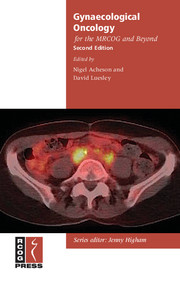
- Cited by 2
-
Cited byCrossref Citations
This Book has been cited by the following publications. This list is generated based on data provided by Crossref.
Weerakkody, Yuranga Yap, Joshua and Haouimi, Ammar 2012. Radiopaedia.org.
Maleka, Mashego Nathan Mbita, Zukile and Morafo, Vivian 2025. Regulation of Granzymes A and B by High-Risk HPV: Impact on Immune Evasion and Carcinogenesis. Viruses, Vol. 17, Issue. 2, p. 221.
- Publisher:
- Cambridge University Press
- Online publication date:
- August 2014
- Print publication year:
- 2011
- Online ISBN:
- 9781139696951


